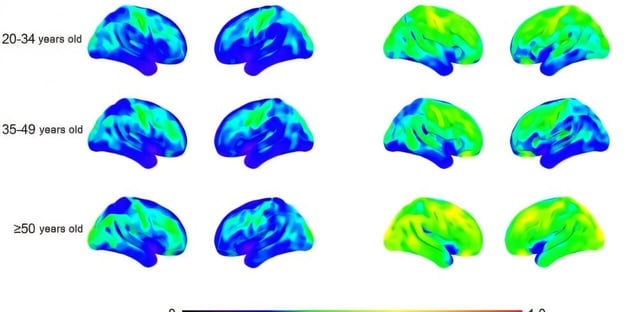Overview
- University of São Paulo scientists used PET with specific radiopharmaceuticals to compare 29 people with Down syndrome and 35 controls aged 20 to 50.
- Elevated neuroinflammation was detectable by age 20 and concentrated in frontal, temporal, occipital, and limbic regions.
- Greater inflammatory load correlated with more beta-amyloid plaque deposition, with the association strongest in adults over 50.
- A two-year study in a genetically modified mouse model supported a proposed biphasic microglial response that may shift from protective to pro-inflammatory over time.
- The team frames in‑vivo inflammation imaging as a tool to monitor treatment effects and to include people with Down syndrome in Alzheimer’s clinical research.
